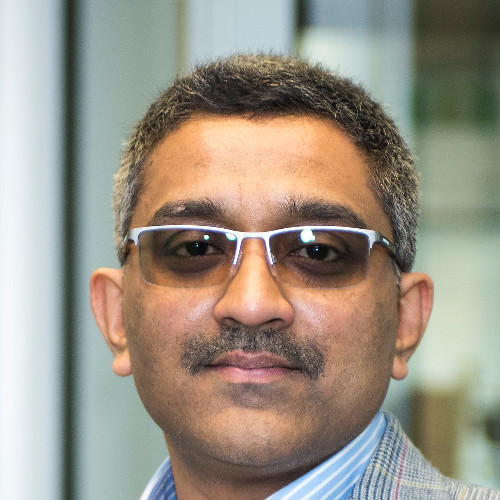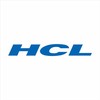Or listen in your favorite podcast app
Apple Podcasts / Google Podcasts / Spotify
The role of the CTO is one of the most important positions within any organization. It’s also one of the most rapidly-evolving jobs in the C-suite. On this episode of IT Visionaries, Kalyan Kumar, the CTO and Corporate Vice President of HCL Technologies, discusses the way he’s seen the role of the CTO change. Plus he explains why companies are now shifting their focus to how technology can create opportunities and the importance of a streamlined workflow.
3 Key Takeaways
- Collaboration technologies are shifting to the cloud, empowering fluidized workflow
- Technology companies are shifting focus toward how they can create more opportunities
- The role of the CTO is no longer just to be a manager. It now intersects with business and technology and achieving larger business goals
For a more in-depth look at this episode, check out the article below.
Kalyan Kumar always enjoyed the intricacies of Cricket. The nature of the game was fun, but the complexities that occurred within a match intrigued him most. Flash forward to 2020 and Kumar is letting that same curiosity drive him in the technology world, just in a different way. As CTO and Corporate Vice President of HCL Technologies, Kumar has experienced just about every problem the industry could throw at him. And more times than not, he always had a solution. That was until a global pandemic forced him to alter that thinking. Kumar joined IT Visionaries and discussed the scope of his role at HCL Technologies, how the role of the CIO is changing, how HCL is working to provide opportunities during times of crisis, and why there is no-longer work-life balance.
As CTO and Corporate Vice President, Kumar said he no longer manages the internal IT team, but his role is to focus on the industrial ecosystem, working side-by-side with customers and partners around the industry while keeping an eye on trends from around the business. It’s a job that has been made more complicated in recent months, he said, citing that many CTOs are now trying to find ways to simply create business.
“If you really look at most CTOs, most of the companies are really trying to understand how to make technology create new business possibilities,” Kumar said. “That’s been the single biggest focus for a lot of the companies… but if you really go to the core, companies are reimagining and rewiring their businesses while keeping technology at the center.”
To keep technology at the core, Kumar said the role of IT within the organization is going through a radical change, from custodial in nature where the CTO manages their employees to where business and technology converge.
“The biggest challenge we have is how do you make sure people change faster to adopt technology,” he said. “People used to run at a certain pace where technology used to catch up. Now it’s fundamentally getting inverted, which means that there is a rate of change in tech, new tech, new capability, globalization of talent that has really enabled people to create new capabilities at a really high-speed pace.”
To keep up with the evolving industry, Kumar began to analyze ways HCL could create opportunities in a post-pandemic world. He settled on 11 main points that could be condensed into three key categories. The first was to ask what your technology could do within your company. The second is to analyze how you enable technology for the business, and lastly, how do you use technology to really impact society?
To begin answering the core questions, Kumar constructed a team around six factors: talent, AI, experience, ecosystem, and learning and relearning culture.
“It’s very important that collectively as a tech industry, we really start to think about how we can bridge those gaps and really help,” Kumar said. “So this is the team that I have been working on, which is doing solutions, offerings, and response to customers and new tech evaluation.”
With more people working from home, one of the things his team has focused on is creating a more efficient workflow, where employees have the opportunity to have the same work experience regardless of device or location.
“You fluidized your workplace so that you can work from anywhere at any location, on any device,” he said. “Then you can have a seamless experience. You don’t come to work. Work comes to you as you’re changing.”
According to Kumar, it’s an opportunity for more companies to empower their employees while also creating opportunities around the globe.




